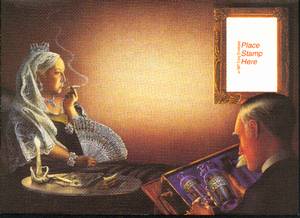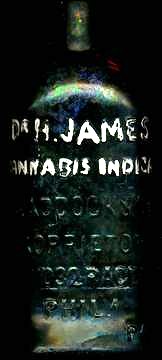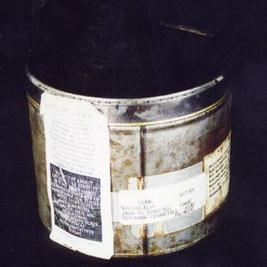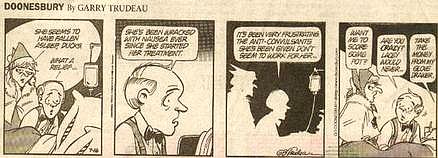 
USA ヘンプ・ミュージアム
 館長から皆さまへ
館長から皆さまへ ヘンプの歴史
ヘンプの歴史 ヘンプと農業
ヘンプと農業  ヘンプの医療と健康
ヘンプの医療と健康 ヘンプと医療
ヘンプと医療 ヘンプ医療の小史
ヘンプ医療の小史 ヘンプの安全性
ヘンプの安全性 医療ヘンプ・キャンペーン
医療ヘンプ・キャンペーン ヘンプと緊急医療
ヘンプと緊急医療 ヘンプと健康
ヘンプと健康 医療ヘンプ条例
医療ヘンプ条例 医療ヘンプ・レシピ
医療ヘンプ・レシピ 書簡
書簡 ヘンプ医薬品関連リスト
ヘンプ医薬品関連リスト 医療ヘンプ関連図書
医療ヘンプ関連図書 Video/Right to Smile
Video/Right to Smile Video/Medical Marijuane Protest
Video/Medical Marijuane Protest ヘンプ食品
ヘンプ食品 ヘンプ織物
ヘンプ織物 ヘンプ縄と糸
ヘンプ縄と糸 ヘンプパルプ紙
ヘンプパルプ紙 ヘンプ建材
ヘンプ建材 ヘンプ燃料
ヘンプ燃料 ヘンプ原料
ヘンプ原料 ヘンプ溶剤
ヘンプ溶剤 ヘンプ・プラスチック
ヘンプ・プラスチック ヘンプと環境
ヘンプと環境 ヘンプと娯楽と精神世界
ヘンプと娯楽と精神世界 ヘンプと法律
ヘンプと法律 ヘンプと政治
ヘンプと政治 ヘンプ貢献者
ヘンプ貢献者 ミュージアム図書館
ミュージアム図書館 Topに戻る
Topに戻る |
|
The long association of people with the hemp plant suggests that medical use of Cannabis began in antiquity. Before people could write there were medicine people who used the herbs of nature for healing. Of written records we have 5,000 years according to Judge Young. The Drug Enforcement Administration's own record (Docket #86-22, p.27) affirms that: "The record on marijuana (Cannabis) encompasses 5,000 years of human experience." "The ancient Chinese, especially the Emperor Shen Nung, were startlingly modern about drugs and medicines. They gave us ephedrine, which they called nahuang, and about 2737 B.C. Nung wrote a pharmacy book. In it he was far more observant about Indian Hemp, knew its love life, and had more understanding about its use than most of us." Dewey in the USDA Yearbook, 1913, stated that medical cannabis has been ubiquitous in human history, and its use was advised in virtually all ancient and medieval medicinal texts.
The use of Cannabis in western medicine was enhanced by a monograph of Dr. William B. O'Shaughnessy, who was a British East India Company surgeon in Calcutta, India. He experimented with it on himself, animals, and patients and recommended gunjah for a great variety of therapeutic purposes. In 1973 Tod Mikuriya, M.D., compiled major medical works on cannabis into the book Marijuana: Medical Papers, 1839-1972.
The Marijuana Tax Act of 1937 put the control of the plant under the Bureau of Narcotics, which led to its prohibition for all uses in a few years, including its prohibition for industrial uses such as paper, fiber, fuel, food, medicine, etc. The Marijuana Tax Act led in 1961 to marijuana being placed in the United Nations Single Convention on Narcotics Use. This despite the fact that marijuana is not narcotic, not addictive. The Single Convention does allow for medical, and industrial use of Marijuana (Cannabis/hemp). The Marijuana Tax Act of 1937 was declared unconstitutional by the Supreme Court in 1969, in U.S. v. Leary. In 1970, Congress included marijuana in the Controlled Substances Act that is still in force, as a Schedule I most dangerous drug, with no medical value, where it still sits. In 1972, the National Organization for the Reform of Marijuana Laws, NORML, filed suit to reschedule marijuana for medical use, Schedule II. In 1988, sixteen years later, the NORML suit culminated in a ruling by the DEA itself, that marijuana by law should be rescheduled to Schedule II. The head of the DEA at that time Robert Bonner, refused to reschedule in violation of the scheduling laws.
|






